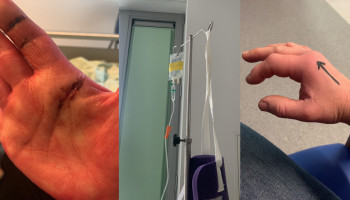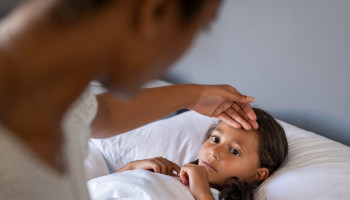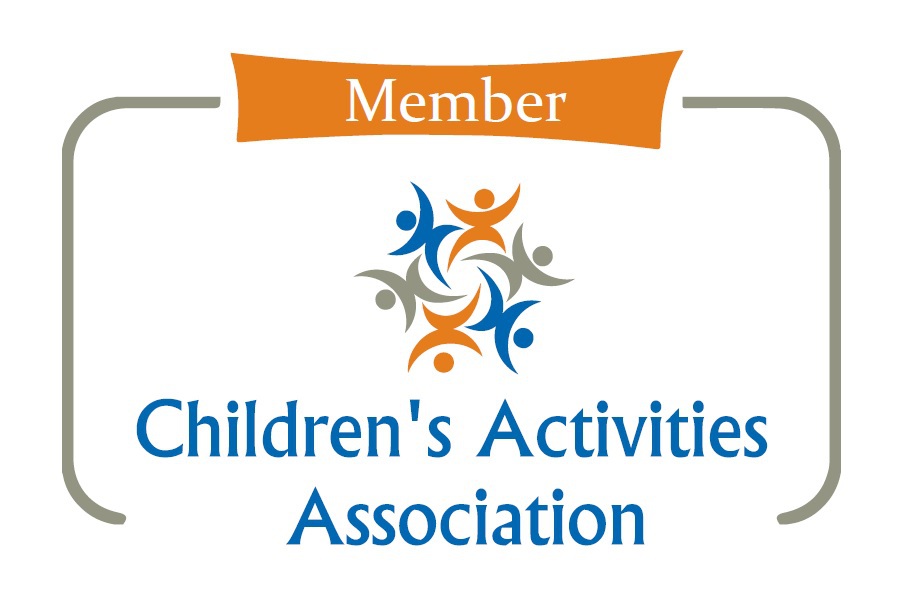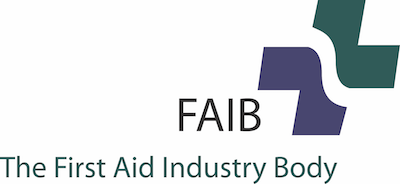If your child has ever had a crusty skin condition that looks a bit like cornflakes (grim, we know!), they’ve probably had a brush with impetigo. It’s the most common skin infection in children in the UK, and as you can imagine, spreads like wildfire around childcare settings. This week’s blog tells you what to expect if your child contracts impetigo, and what to do.
What is impetigo?
In basic terms, impetigo is a highly contagious skin infection that causes sores and blisters. It’s really common in children, but as it is so easily spread, it’s an unwelcome one for parents and carers to contract!
Impetigo occurs when the skin gets infected with bacteria via one of two routes:
· Through a break in otherwise healthy skin, like a cut or insect bite.
· Through skin damaged by another underlying skin condition like eczema.
What are the symptoms of impetigo?
There are 2 main types of impetigo called non-bullous and bullous impetigo and they have different symptoms. However, because the vast majority of people who get impetigo get the non-bullous variety, we’re going to concentrate on this type.
Frustratingly, impetigo doesn’t have any symptoms until 4-10 days after you become infected. So your little one could be merrily wrestling their best friend and licking the same plastic toy without knowing they are an infection risk.
When symptoms do start to show, the first signs are red sores which are usually found around the nose and mouth. These can be present on other parts of the face and exposed areas such as the hands. Limbs can be affected too. The sores can be harder to see on black and brown skin, and you may not realise your little one has impetigo at this stage.
The sores quickly burst, forming golden crusts approximately 2 cm across – this is the stage at which the infection has a “cornflake” like appearance. On black and brown skin, this may be when you realise an infection is present.
Once the cornflake like crusts dry out, they leave a red mark which will usually heal without any scarring. This redness can hang around for a few weeks.
Whilst the sores aren’t painful, they can be itchy, and bearing in mind it’s best not to touch them, you could be fighting a losing battle with your little one!! Touching and scratching the sores not only means they will take longer to heal (and may eventually scar), but increases the risk of spreading infection to others.
Are there any symptoms I need to look out for that could indicate something more serious?
Cellulitis can occur if the infection spreads into the deeper layers of skin. It causes painful hot, swollen skin which can look red or purple, depending on your skin tone. It can also cause swollen and painful glands. Get advice from 111 as soon as possible if you suspect cellulitis.
How do I treat impetigo?
Remember that impetigo isn’t usually serious and often clears up without treatment after 2-3 weeks. However, treatment is often recommended, as this can clear up the infection much quicker, minimising risk of spread to others. And as any parent with a young child knows, being quarantined in your house is no fun, so seeking treatment is the best way to get back to normal as quickly as possible!
It's recommended to get a telephone appointment with your GP first. If impetigo can be confirmed over the phone, this minimises the risk of spread.
If your child’s impetigo is only present in a small area, such as around the nose, an antibiotic cream is likely to be prescribed. It’s a bit of a pain, as it needs applying 3 or 4 times a day for 7 days, doh! You also need to wash the area with warm soapy water before each application – if you have latex gloves we’d thoroughly recommend popping a pair on. This constant washing and applying can cause irritation and redness to the skin, so it might be best to explain to your child that the magic cream is helping really!
For a more widespread infection, you might be prescribed antibiotic tablets, which need to be taken 2-4 times a day for 7 days. It’s really important this course is finished, even if the symptoms have cleared up.
In some children, impetigo can keep recurring. This can be distressing for children, especially as they get older and become more interested in their appearance. Ask for a nasal swab, or to see a skin specialist if your child has regular flare ups, as it may be your child carries the type of bacteria that causes impetigo in their nose.
How can I prevent my child spreading impetigo to others, or catching it again?
To prevent your child’s impetigo spreading you should:
· Stay away from nursery, childcare and school until all the sores have crusted over (become cornflakes!), or until 48 hours after commencing treatment (see above).
· Don’t share any towels, flannels or bedsheets.
· Try not to let your little one touch their sores – really difficult we know, especially if they are itchy!
· Keep your child’s nails as short as possible. This will mean less skin damage from the inevitable scratching and stop infection sitting under the nails.
· An obvious one but wash hands really thoroughly, as often as possible.
· Avoid contact with other children, especially newborns, as their immature immune systems make them especially vulnerable to impetigo.
· Encourage your child to play with washable / wipeable toys whilst stuck at home, and clean these regularly.
Can I stop my child getting impetigo again?
Unfortunately no, but you can make it less likely by doing the following:
· Making sure any cuts are kept clean and covered – having a first aid kit to hand in your change bag is a great idea.
· Seek advice and treatment for any underlying skin conditions such as eczema – broken skin is like an invitation to impetigo!
· If your child frequently gets impetigo, especially around their nose when they get broken skin due to a cold, it could indicate they carry staphylococcal bacteria in their nose – ask your GP for a nose swab to confirm. Antiseptic nasal cream can then be prescribed to try and clear the bacteria and stop impetigo coming back.
We hope this blog will help you avoid the dreaded “cornflake” rash, and confine them to the cereal bowl (and, who are we kidding, the kitchen floor!)
All the best folks, Mini First Aid xxx
Sources: NHS UK, NHS Inform
Trust in our award winning first aid kit
This little beauty is jam-packed with 74 first aid items, and is an essential for every family home. At Mini First Aid, ours has been used recently to:
- Clean and cover a big toe that had a table tennis top dropped on it!
- Bandage up sprained fingers after football
- Cool a burn whilst on the way to A&E to receive treatment
- Award a Bravery Sticker to a toddler with a grazed knee
Our kit also comes with a handy guide advising how to treat common first aid incidents, as well as tips on how to use each item.










